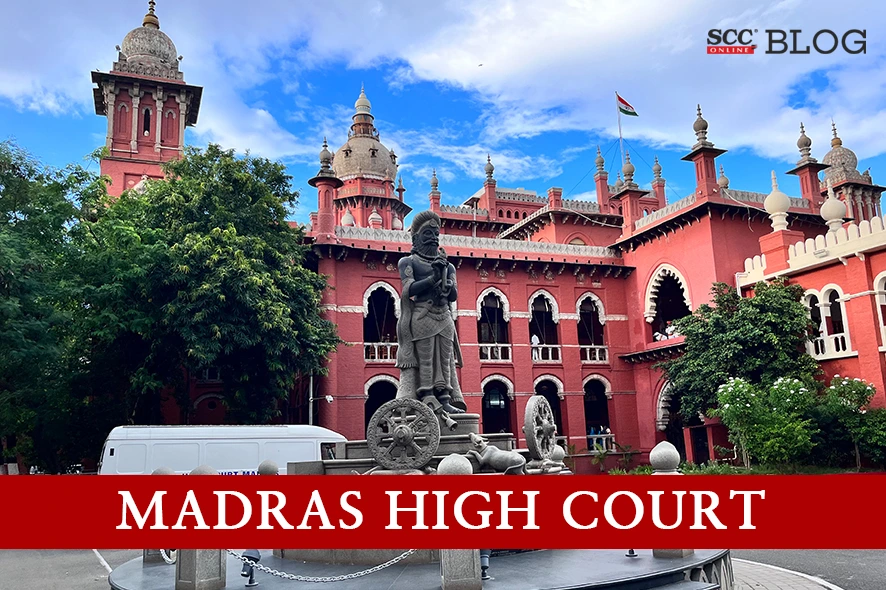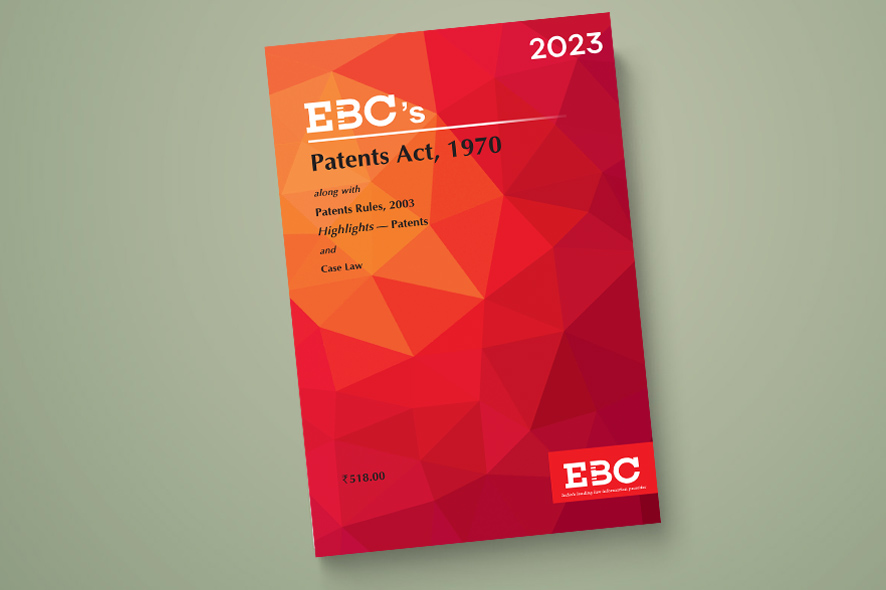Madras High Court: In an appeal filed under Section 117-A of the Patents Act, 1970 to pass an order setting aside the impugned order of the Assistant Controller of Patents & Designs and pass an order granting a patent on Indian patent application, SenthilKumar Ramamoorthy, J. while partly setting aside the impugned order as regards the rejection of claims 1-7, held that the expression “known substance” in Section 3(d) also applies to biochemical substances. Further, it held that Section 3(e) is not restricted to “known” ingredients. The applicant has to justify that the composition is more than the sum of its parts to overcome the hurdle of section 3(e).
Background:
The said application pertains to an invention that was originally titled as “Phytase Variants” and subsequently amended as “Phytase Variants with Improved Thermostability”. By the impugned order, the claims were rejected primarily on the grounds that the claimed invention is in respect of a known substance which is not patent-eligible under Section 3(d) of the Patents Act, 1970 , and that the composition claims (claims 8 to 11) fall within the scope of Section 3(e) of the Patents Act because the composition is a substance obtained by the mere admixture of ingredients.
Issues and Analysis:
Whether the expression “known substance” in Section 3(d) confined to pharmaceutical substances as contended by the appellant?
The Court noted that there is nothing in the impugned order that indicates that the claimed invention does not possess the attributes to qualify as an invention under Section 2(1)(j) of the Patents Act or that requisite disclosure was not made to work the invention.
The Court took note of Section 3(d) of the Patents Act and said that the break-up of Section 3(d) reveals that both the first and second limbs deal with and govern claims relating to known substances. While the first limb deals with and governs claims relating to new forms of a known substance, the second deals with and governs new properties or new uses thereof. The Court further noted that the third limb excludes from patent-eligibility, a mere use of a known process, machine or apparatus. It also provides for an exception if such a known process results in a new product or employs at least one new reactant.
The Court referred to Novartis AG v. Union of India, (2013) 6 SCC 1, wherein it was held that the amendment of Section 3(d) by the Patents (Amendment) Act, 2005 was primarily and especially intended to deal with pharmaceutical products and agro-chemical products. However, it does not only apply to pharmaceutical and agro-chemical substances and not to biochemical substances. It was further held that the test of efficacy under Section 3(d) would vary depending on the product under consideration and that, in the context of pharmaceutical products, it means therapeutic efficacy. Further, Section 3(d), including the Explanation thereto, is analysed from the perspective of applicability to variants of phytase.
The Court said that the in the Explanation to Section 3(d), several derivatives such as salts, esters, ethers, polymorphs, metabolites and the like are enumerated, these derivatives fall within the scope of a common genus, namely, derivatives of synthesized chemicals. The interpretive principle of ejusdem generis applies when two or more specific words that fall within a common class are used expressly in a statute and are followed by a generic word. The principle of ejusdem generis is clearly applicable to the construction of the expression “and other derivatives of known substance”. Thus, the Explanation becomes inapplicable to the claimed invention, which is for variants of phytase, i.e., an enzyme/biochemical.
What is the sequitur of the inapplicability of the Explanation to the claimed invention?
The Court said that the Explanation to Section 3(d) incorporates a legal fiction by which all chemical derivatives of a known substance would be considered as the known substance unless such derivatives pass through the filter prescribed therein. This is evident from the expression “shall be considered to be the same substance unless they differ significantly in properties with regard to efficacy”.
The Court added that, in effect, the sequitur of the claimed invention not falling within the scope of the Explanation is that it qualifies as a new form of a known substance even if it does not cross the hurdle prescribed in such Explanation. However, this does not mean that Section 3(d) becomes inapplicable to the claimed invention. Indeed, it should be noticed that the Explanation does not apply to Section 3(d) in entirety, as underscored by its undoubted inapplicability to the third limb of Section 3(d), which deals with known processes, known machines and known apparatuses and not with known substances.
Thus, as per the Court, the appellant may claim that the phytase variants for which it seeks a patent are new forms of a known substance. Still, the appellant would not be entitled to a patent, unless the appellant passes the filter of “result in the enhancement of known efficacy of that substance” prescribed in the substantive provision other than the Explanation.
Further, the Court said that the primary function of phytase is to act as a catalyst that aids digestion. That does not mean that enhanced hydrolysis of phytate by the variants of phytase should be established as an essential pre-requisite to pass through the filter of enhancement of the known efficacy of phytase. It added that the increased thermostability precludes denaturation and enables production, storage and sale in pellet form, it enhances the known efficacy of the enzyme in aiding digestion especially when used in animal feed. The Court viewed that there is nothing in the text or context of Section 3(d) which supports the interpretation that enhancement of known efficacy of the substance should be restricted to engineering or prospecting variants of phytase with inherently greater enzymatic activity over the reference phytase.
Would even a marginal improvement in efficacy suffice?
The Court said that in cases where the Explanation applies, the derivative should exhibit significant difference in properties regarding efficacy, to not be construed as the same substance. The substantive provision, by contrast, only requires enhancement of the known efficacy with no indication as regards margin of enhancement. Section 3(d) applies to new forms of a range of known substances, even by way of guidelines, it may not be possible to fix a numerical value or percentage of enhancement that applies across the board, and this appears to be the position taken by the Patent Office in its guidelines.
As per the Court, the patent applicant concerned can establish that there is a reasonable enhancement of efficacy to the satisfaction of the Controller of Patents. In the present case, numerical values were assigned to the claim of enhanced efficacy by adopting measurement units such as IF, and no objections were raised regarding materiality by the respondent. Thus, the claimed invention of the appellant satisfies the requirement of enhancement of known efficacy of phytase.
Section 3(e) of Patents Act
Moreover, the Court referred to Section 3(e) of the Patent Act, that is intended to prevent the grant of patents to a claimed invention for a substance that merely combines components, unless the substance produced by such combination is more than the sum of its parts. The Court said that there is nothing therein that limits its application to a composition claim formed by the aggregation of known ingredients.
The Court noted that the adjective “known” is used as a qualifier in the Section 3, Section 3(d), Section 3(f) ; and Section 3(p), but it is absent in Section 3(e) Thus, if any of the ingredients of the composition independently satisfies the requirements for an invention under the Patents Act, a patent may be applied for and granted in respect thereof notwithstanding Section 3(e). Therefore, the rejection of composition claims 8-11 is justified in the absence of evidence that the composition is more than the sum of its parts.
[Novozymes v Assistant Controller of Patents & Designs, (T) CMA (PT) No.33 of 2023 (OA/6/2017/PT/CHN), Order dated 20-09-2023]







